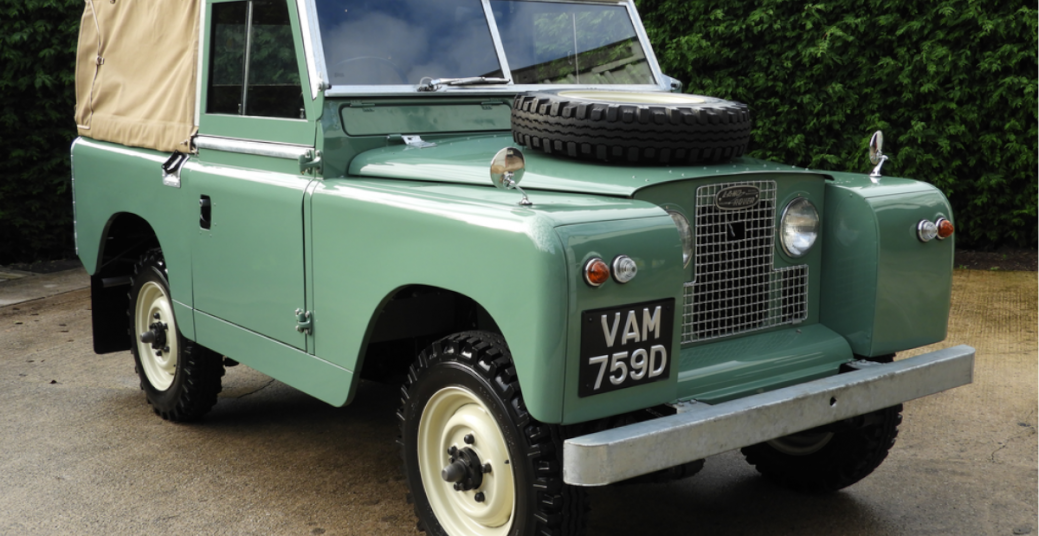Land Rover Series 2

Land Rover Series II (1958-1974)
Following the success of the Series I, the Series II entered production in 1958. It enjoyed a production run of 3 years as the launch model before moderations were made. Subsequent vehicles born from the Land Rover Series II are the Series IIA, Series IIA FC and Series IIB FC.
The Land Rover Series II and its variants were succeeded by the introduction of the Series III in 1971. However, the Series IIB FC continued production until 1974 when Land Rover rationalised its vehicle range.
Series II At Launch
The Series II launched with both a SWB and LWB model, like its predecessor. The SWB model being 88” and the LWB model being 109”.
Without doubt, more effort was put into styling this vehicle. This was because the Series I had very quickly made the departure from being ‘just’ a commercial vehicle and was instead viewed as a multi-purpose vehicle instead.
Chief Stylist of the time, David Bache, firmed up the exterior design to reflect this. The new mode featured an improved truck cab design, which showcased curved side windows and a rounded roof – elements which are still used on some Land Rover vehicles today. On top of this the familiar ‘barrel side’ waistline was also widened.
The LWB Series II featured a ten-seater layout with a 12-seater option. This interesting upgrade became quite popular as, due to UK tax laws, it was classed a bus (or a minibus) and thus was exempt from both Purchase Tax and Special Vehicle Tax. As well as this, vehicles that fell under this classification and that were registered correctly could drive the 12-seater Series II in bus lanes and enjoy exemption from London congestion charges. The 12-seater was so popular in fact that it was retained for subsequent Land Rover Series vehicles, as well as being used on some Defender units up until 2002.
The Land Rover Series II was available with a 2.25 L petrol engine. This engine was to become the standard engine used across Land Rover vehicles until the 1980s. Due to some overlap, a the first thousand or so Land Rover Series II vehicles to be produced retain the old 2 L petrol engine.
Evolution of the Land Rover Series II
Series IIA
The Series IIA model featured minor changes to the outward look of the Series II. However, this iteration of the series is thought to be one of the hardiest. Launched in 1961 it was available in a range of body configurations including short-wheelbase soft-top and a five—door station wagon.
In terms of mechanics, a 2.25 L diesel engine was added to this newest iteration the Series II. And, in 1967, a new 2.6 L inline six-cylinder petrol engine was bestowed upon the LWB models.
A series of LWB models known as North American Dollar Area (NADA) trucks were produced for both the American and Canadian markets.
Series IIA FC
In 1962 a variant of the Series IIA was released known as the Series IIA Forward Control (FC).
This vehicle featured a 2.25L petrol engine and 109” chassis, much like its predecessors. In a departure of design, the cab was moved to sit over the engine to give more load space. These variations (of which around only 2,500 were made) were used as recovery wagons or fire engines. This was because the vehicle was created with an ENV rear axle and large tyres on deep-dish wheel rim to support its increased load capacity.
Series IIB FC
The Series IIA FC was succeeded by the Series IIB FC in 1966. It boasted improved stability thanks to heavy duty wide-track ENV axles, rear spring mounted above the axle rather than below it and a front anti-roll bar. The wheelbase was also increased to 110”.







